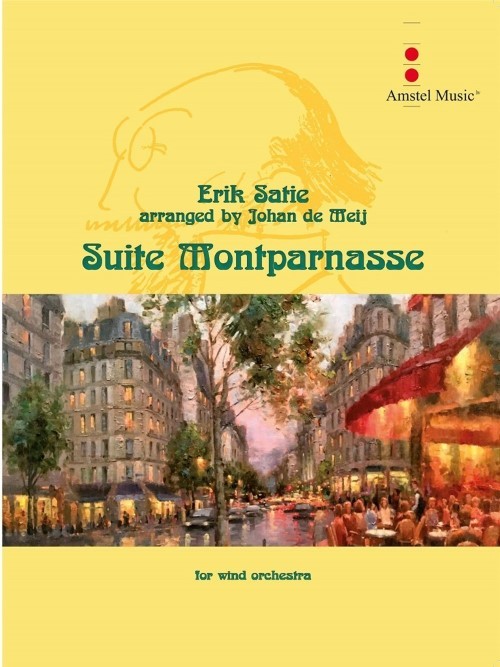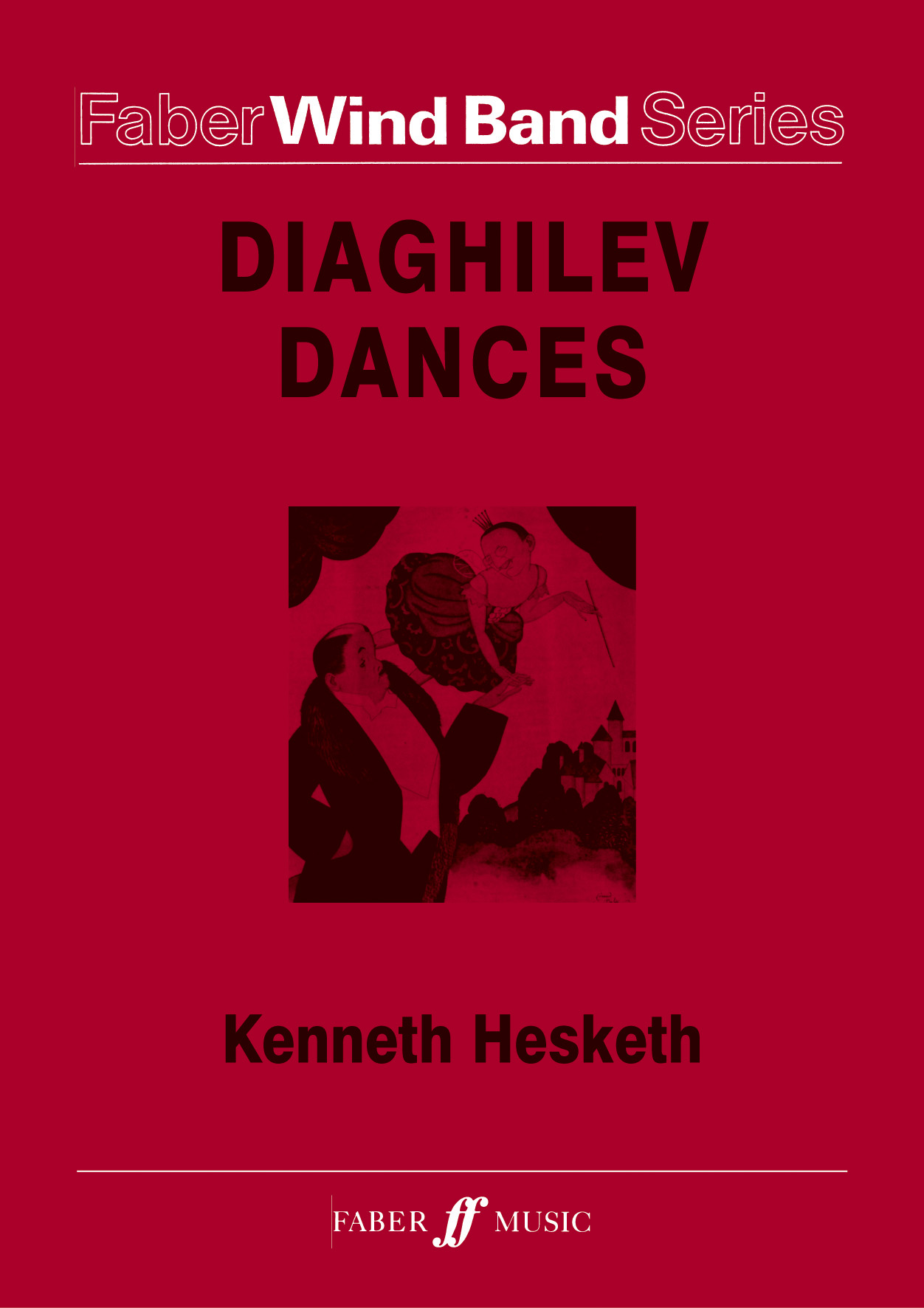Results
-
 £129.99
£129.99Ratatouille Satirique - Traditional
Erik Satie, born in Honfleur in Normandy (France) in 1866 is undoubtedly one of the most striking personalities in the history of French music. He composed in various, often quite divergent, styles. Besides light-hearted, entertaining works he also wrote several serious compositions, among which the three ballets: Parade, Rel che and Les Aventures de Mercure. However his piano pieces, such as Trois Gymnopdies or Gnossiennes will remain his most popular compositions. Satie co-operated with almost all great artists of his time: Pablo Picasso, Jean Cocteau, Sergej Diaghilev and Georges Braque and the composers Darius Milhaud (Le Groupe des Six) and Claude Debussy. Johan deMeij made an orchestration of three short pieces by Erik Satie: I. Prlude (from: Jack in the Box) II. Rverie (from: Trois petites pices montes) III. Marche: Le Piccadilly (1904) It was only after Satie's death in 1925 that the manuscript of the piano piece Jack in the Box was recovered. Satie himself thought he had lost the manuscript in a bus. When his flat in Arceuil was cleaned out, a small notebook was discovered behind his piano and it contained the manuscript which was assumed to be lost forever. The Rverie (De l'Enfance de Pantagruel) is an extract from Trois petites pices montes, originally composed for small symphony orchestra. In this suite it is meant as a restful intermezzo. It is clear that, as with Milhaud (La Cration du Monde) and Debussy (Golliwogg's Cakewalk; Le Petit Ngre), it is hard to deny obvious influences of jazz music in Erik Satie's compositions. Le Piccadilly, dating from 1904, displays a lot of similarities with the compositions of Scott Joplin.
Estimated dispatch 7-14 working days
-
£144.99
Whispering Wind - Maxime Aulio
"Don't listen to anyone's advice, but listen to the lessons of the wind passing and telling the history of the world." Claude Debussy Since the dawn of time, the wind has played an important role in all civilisations. Worshipped as a deity, "mastermind" of poetry, driving force, or heaven's messenger, the wind took on the most varied shapes according to the era and people. In Claude Debussy's time, music listened to the voice of nature, and imagination found its primary rights again. This importance of wind was the inspiration for Maxime Aulio's work Whispering Wind with its suspended atmospheres, vaporous lines and luminous colours. The wind caresses the canvas. A fascinatingnew work for concert band.
Estimated dispatch 7-14 working days
-
£125.00
Diaghilev Dances - Kenneth Hesketh
As a young musician, Hesketh was spellbound by the sounds and colours of the ballet music commissioned for the Ballets Russes company by Serge Diaghilev-- the great ballets by Stravinsky, Debussy, Ravel and Prokofiev. Diaghilev Dances is Hesketh's homage to this great legacy, which he describes as 'a miniature ballet consisting of an introduction, three dances and three entr'actes'.
In stock: Estimated delivery 1-3 days
-
£28.00
Golliwogg's Cakewalk - Claude Debussy - Jirka Kadlec
Estimated dispatch 10-14 working days
-
£108.00
La Cathdrale Engloutie - Claude Debussy - John Glenesk Mortimer
The Sunken Cathedral / Die versunkene Kathedrale
Estimated dispatch 10-14 working days
-
£23.00
Duet Album Volume 9
March (Hndel) / Down By The Riverside / Largo Aus Der Neuen Welt (Dvorak) / Ave Maria (Schubert) / Clair De Lune (Debussy)
Estimated dispatch 10-14 working days
-
£10.00
-
£10.00
Le Petit Berger - Claude Debussy - Thierry Caens
The Little Shepherd / Der kleine Hirte
Estimated dispatch 10-14 working days
-
£10.00
Le Petit Ngre - Claude Debussy - Thierry Caens
The Little Negro / Der kleine Neger
Estimated dispatch 10-14 working days
-
 £64.00
£64.00Suite Montparnasse (Concert Band - Score and Parts) - Satie, Erik - De Meij, Johan
Erik Satie, born in Honfleur in Normandy (France) in 1866 is undoubtedly one of the most striking personalities in the history of French music. He composed in various, often quite divergent, styles. Besides light-hearted,entertaining works he also wrote several serious compositions, among which the three ballets: Parade, Rel che and Les Aventures de Mercure. However, his piano pieces, such as Trois Gymnopedies or Gnossiennes will remain his most popular compositions. Satie cooperated with almost all the great artists of his time: Pablo Picasso, Jean Cocteau, Sergei Diaghilev, Georges Braque and composers Darius Milhaud (Le Groupedes Six) and Claude Debussy. Johan de Meij made an orchestration of three short pieces by Erik Satie: I. Les Pantins dansent - II. Choral No.2 - III. Passacaille. Duration: 7.00
Estimated dispatch 7-14 working days

